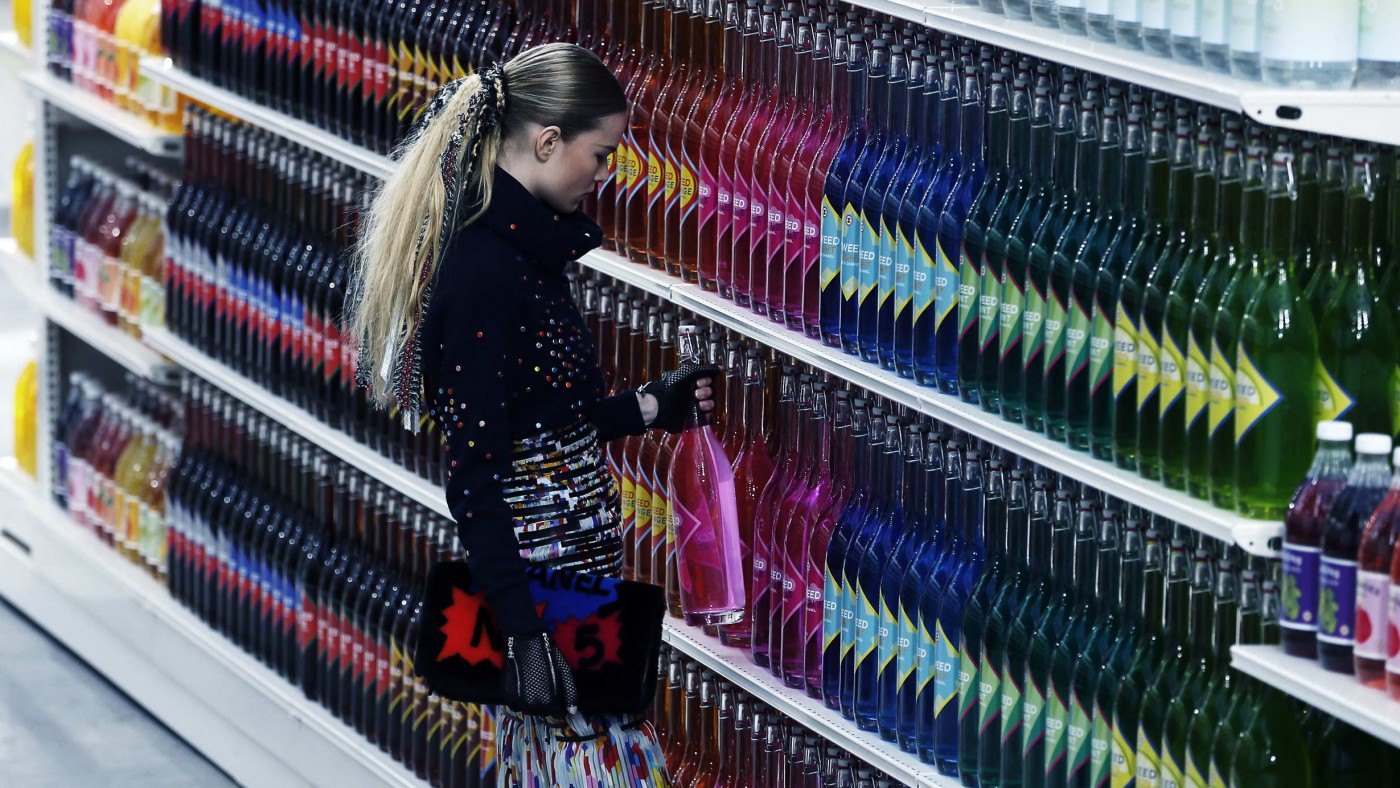The recent struggles of Britain’s ‘Big Four’ supermarkets have been widely recognized. A fierce pricing war has emerged from the influx of budget brands like Aldi in the UK, forcing extreme cuts to operating costs of mid-market stores. Suppliers are squeezed, quality is compromised and customer service suffers. Traditional sprawling superstores are being questioned as demand increases for smaller urban convenience stores and online delivery.
Last month, Morrisons closed 11 stores, scrapping 900 jobs after it suffered a 47% drop in H1 pre-tax profits. It also offloaded 140 of its ‘M’ convenience stores, losing £30m. Tesco similarly struggled, selling its South Korean arm, Homeplus, for £4.2bn. However, just last week, supermarket share prices rallied around an announcement that Sainsbury’s annual profits would be higher than the predicted £548m. Tesco and Morrisons saw share price increases of around 7%, whilst Sainsbury’s enjoyed a 14.5% jump. Still, it is unlikely that this news heralds the recovery of the supermarkets as another challenge has just materialized, AmazonFresh.
In the UK, online shopping comprises 6% of grocery sales, the vast majority coordinated by the ‘Big Four’. It’s a rapidly expanding market, and online food sales are expected to reach $17.2bn by 2020. Britain’s only online supermarket, Ocado, recently moved into annual profit and has long been lauded by customers and consumer associations. On 1st October, AmazonFresh launched in Birmingham, initially offering Prime customers a selection of 60 chilled or frozen items for delivery within an hour, with fresh items to be included soon. Amazon plans to expand the service to some London areas next month, and acquisitions of food storage suitable warehouses around the country suggest anticipation of a nationwide roll out.
Considering Amazon’s immense resource base and taste for disruption, how concerned should supermarkets be?
There are plenty of advantages established UK supermarkets have over AmazonFresh. Approximately half the products in UK shopping baskets are own brand. Unless Amazon develops its own range of products – a costly and time consuming process, it is unlikely Fresh will be able to supply all shoppers’ needs. With the British online grocery market more established than that in the US, Amazon faces experienced competition. It is expensive and logistically difficult to manage such tightly time constrained deliveries whilst providing quality and customer service. The difficulty of distributing perishable items has most recently been recognized by Aldi, who restricted its newly announced online shopping to wine and non-food items only, claiming grocery delivery was “too complex”.
However, it is clear Fresh will be a tough competitor. Amazon has developed its own robotics technology, which allows for far higher efficiency and speed than the current software supermarkets use to plan routes for human stock pickers. Ocado’s robotics system has so far allowed the removal of aisles in warehouses, increasing product space. In the coming years, Ocado hope to develop humanoid robots with cognitive function to “progressively acquire skills and knowledge needed to provide assistance. In fact, it will even anticipate the needs of the maintenance technician and execute the appropriate tasks without prompting”. Partially due to inefficiency, supermarkets make miniscule profits from online retailing, often charging only £1 for delivery when actual fulfillment costs are over £10.
Amazon’s business model can support slim profit margins from groceries, encouraging Fresh customers to purchase more profitable Prime goods. Despite the initial offering of only 60 products, Fresh in the US offers 20,000 items, undermining Sainsbury’s CEO Mike Coupe, who argued his “very significant breadth of offer, probably 100 times greater” would retain customers. In fact, the average Sainsbury’s store stocks 30,000 products. To attract a more diverse and wider customer base in the UK, Amazon has altered its charging system. In the US, Prime subscribers pay $200 annually for Fresh, on top of the $99 base charge. In the UK, this significant annual fee has been scrapped in favour of charging £6.99 per order, bringing it in line with many supermarket delivery charges.
The ‘Big Four’ are suffering an identity crisis, pinched on price by discount stores and on quality by premium retailers. Mid-market customers are prime targets for Fresh, so these stores must focus on exploiting areas Amazon’s relatively inexperienced and time constrained service cannot deliver on, for example customer relationship infrastructure. They must re-establish their identity and differentiate themselves from online retailers and existing competition. It is clearly too soon to conclude that Fresh will carve a large market share in the UK, after all, in its home town of Seattle it only controls 1.2% of the total grocery market (equating to 40% of online retailing).
Grocery shopping seems the obvious next field for tech giants to make their presence felt, having already left bookshops, music stores and electrical appliance chains redundant. As Steve Mader from Kantar Retail has noted: “Any retailer that competes in a market where Amazon is aggressively investing should be worried”.


